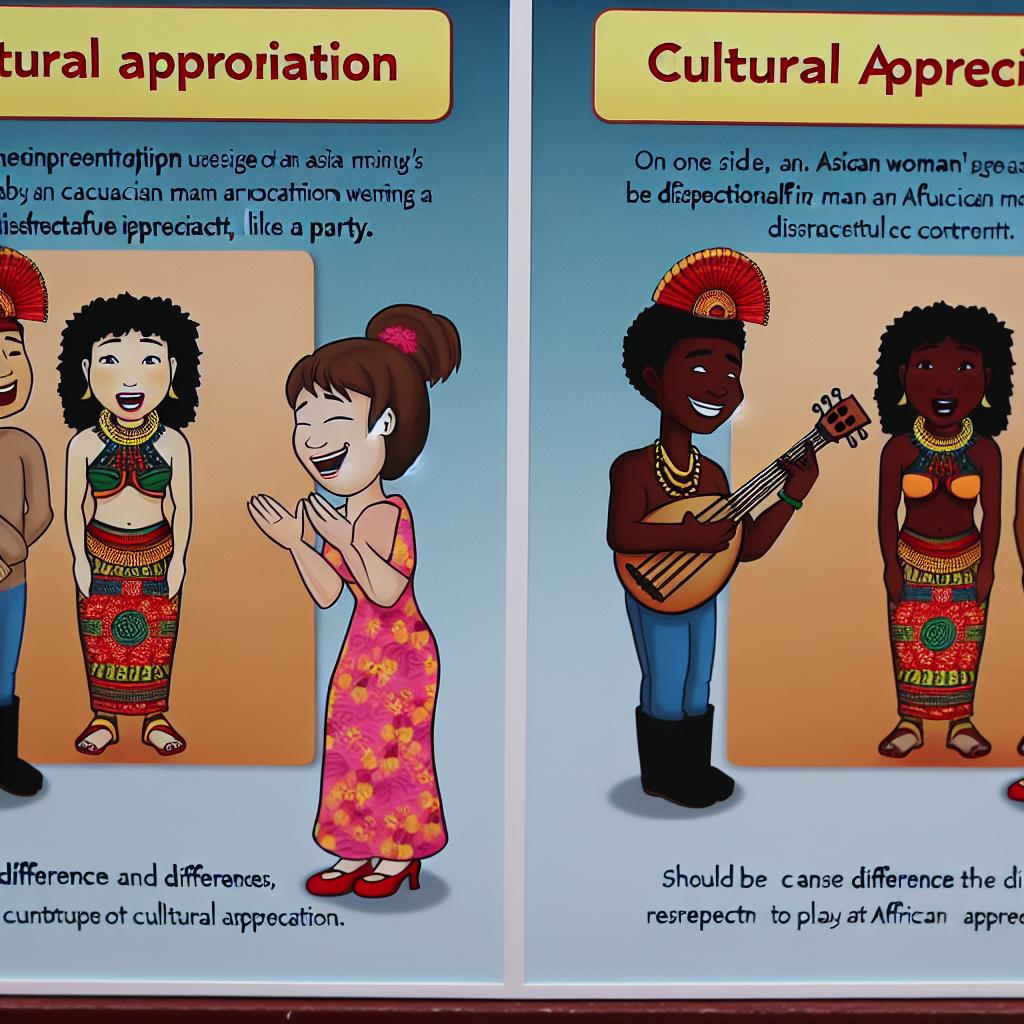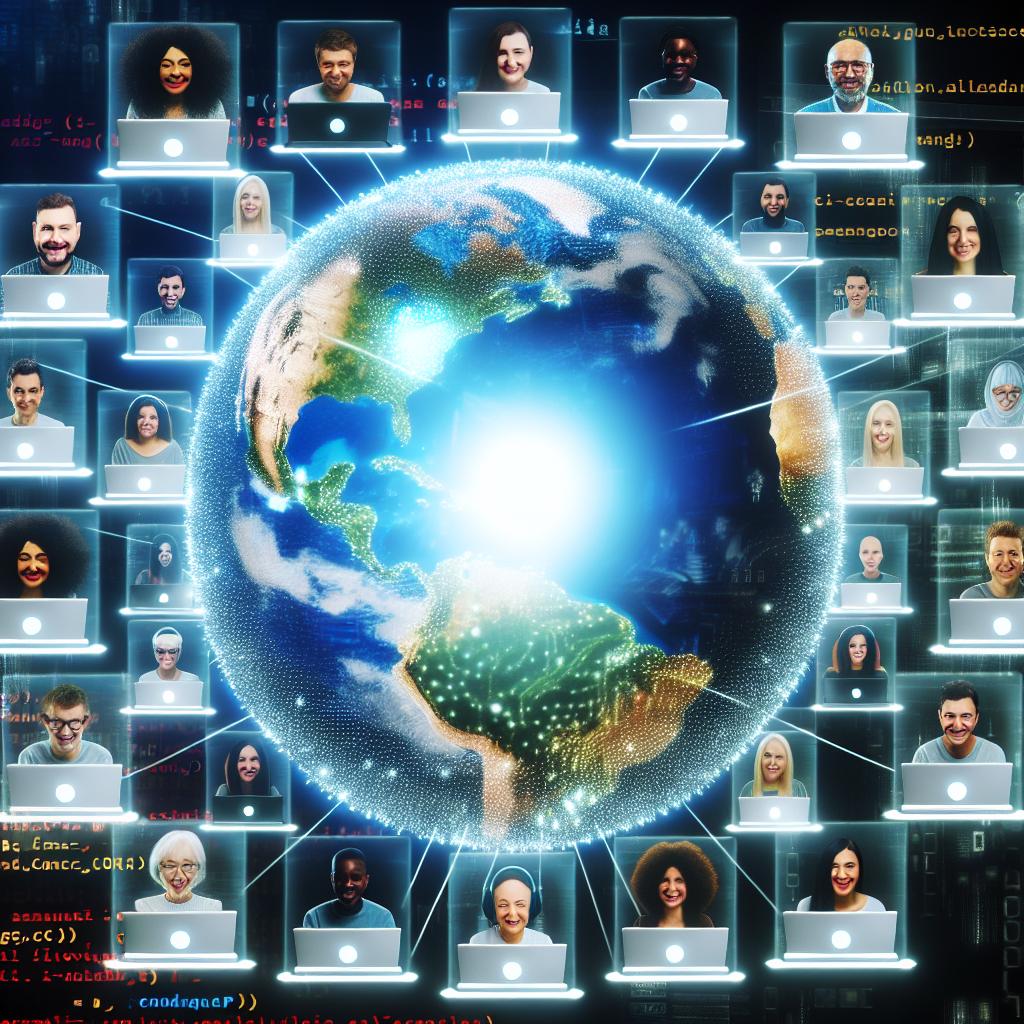The Body in Cultural Theory
The human body has consistently been a pivotal theme in various cultural theories, representing a focal point for shedding light on numerous discussions around identity, gender, power, and society. For centuries, cultural theorists have delved into the intricacies of human corporeality, not merely as a biological entity but as a manifestation influenced by historical, political, and cultural contexts. The body serves as a canvas upon which society inscribes its norms, ideals, and prejudices.
The Body as a Social Construct
In cultural theory, the conception of the body as a social construct presents a significant paradigm shift from traditional views. Once regarded solely as a biological entity, the body is now seen as imbued with layers of meaning, shaped and reshaped by cultural, social, and historical narratives. Each society brings its own set of norms and standards pertaining to what a “normal” body looks like and how it should behave. The perception of the body, therefore, is not static; it evolves reflecting the prevailing societal values and ideologies over time.
Consider the changing ideals of beauty and health that vary from culture to culture and shift with time. What was deemed attractive or healthy in the past might not hold the same connotation today. This variability underscores the fluid nature of the body as a social construct, and encourages us to question standardized norms about bodily standards. By understanding these constructs, individuals can critically engage with the socio-cultural pressures that influence bodily perceptions.
Gender and Identity
A major component in cultural theory is the examination of how gender and identity are intertwined and expressed through the body. Judith Butler’s influential notion of *performativity* suggests that gender is not an innate quality but a series of enacted performances, deeply entrenched in societal expectations. These performances are repetitive acts that align with normative beliefs about masculinity and femininity.
This understanding uncovers the constructed nature of gender roles, which can vary drastically between societies and historical periods. The performative act of embodying these roles elucidates the fluidity and contextuality of gender as a social construct. Addressing these perspectives encourages a more inclusive view of gender, one that acknowledges and respects the diverse expressions and identities present within a society.
Body Politics
The concept of *body politics* is an exploration of the intersection between body autonomy and the influence of political and social power dynamics. Individuals’ rights over their own bodies can be directly impacted by cultural norms, laws, and regulations. Foucault’s theory of biopower is instrumental in understanding how states exert control over bodies through institutions and social practices, influencing aspects from health governance to sexual regulations.
This form of control reveals much about the relationship between power and the body, suggesting that bodies are often sites where larger political and social battles are fought. Analyzing body politics thus involves an investigation into how societal structures and power systems either restrict or enable personal autonomy and agency.
Body and Technology
The ongoing dialogue between the body and technology is a significant aspect of contemporary theoretical discussions. Technology, through its rapid evolution, has drastically altered our interactions with our own bodies. From medical innovations that prolong life and enhance human capabilities, to wearable technology that constantly monitors bodily functions, the boundaries of the human body are continually redefined.
The cyborg theory, brought to public consciousness by Donna Haraway, poses provocative questions about the interplay between humans and machines. As technology becomes more integrated into our everyday lives, it challenges and sometimes blurs the once-clear distinctions between the natural and the artificial. This understanding requires a reevaluation of what constitutes the human body in the age of technology and encourages an inquiry into the ethical dimensions of such integration.
Cultural Representations
Cultural representations of the body in varied forms, such as media and art, contribute significantly to shaping societal perceptions and beliefs about the body. These depictions can reinforce existing stereotypes or challenge prevailing cultural norms, thereby altering societal narratives over time. Media portrayals, for instance, often project idealized body types that create societal pressures and shape individual self-image and identity.
Art, as a cultural artifact, can offer a counter-narrative to certain cultural norms, allowing for a more diverse representation of bodies. It can advocate for self-acceptance and body positivity, challenging viewers to reevaluate their assumptions and stereotypes. Media literacy becomes crucial in understanding and navigating these representations, enabling individuals to critically assess the images presented to them.
In summary, the body in cultural theory is a nuanced and complex subject that encompasses a multifaceted interplay of social constructs, power dynamics, technological interaction, and cultural representations. Understanding the body from such a framework warrants a deep exploration into how these various cultural and social factors influence our perception and experience of our physical selves. By engaging with these concepts, individuals can gain insights into the broader implications of how society shapes and understands bodily existence.



